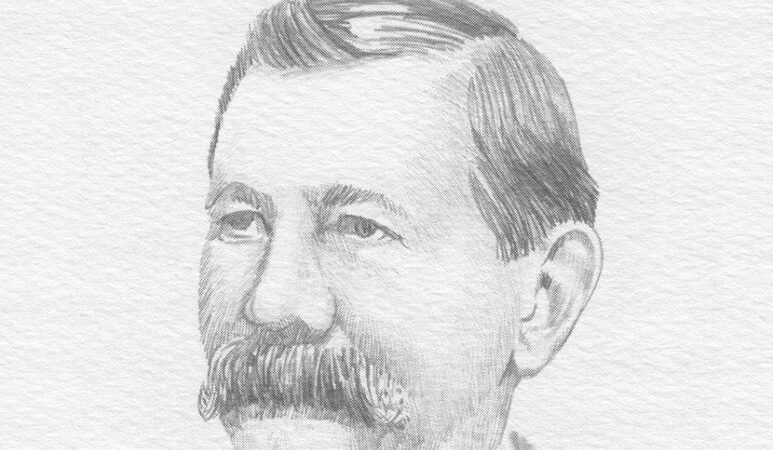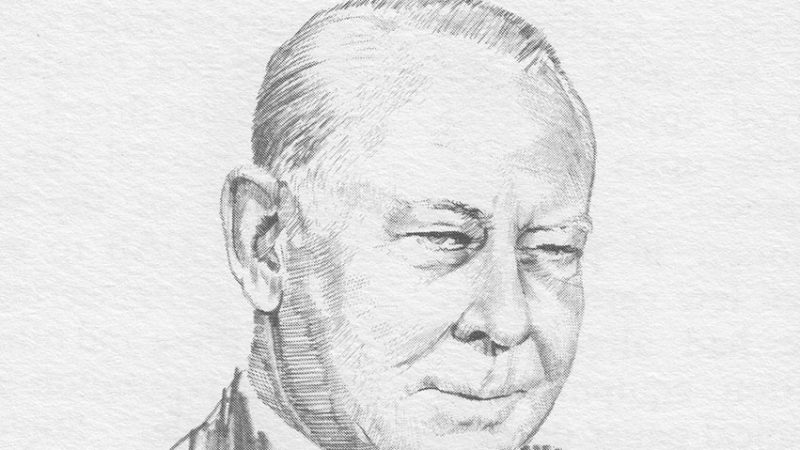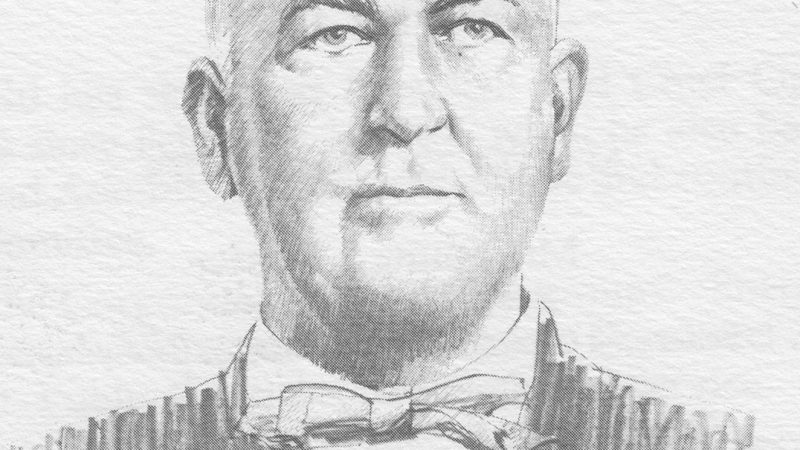Beverly Phifer
- September 28th, 2021
Beverly Clarkson Phifer is the chief executive officer of Phifer Incorporated, a family-owned business founded in Tuscaloosa in 1952 by her father, Reese Phifer. Phifer Incorporated is an industry leader in the manufacture of wire and highly advanced synthetic fabrics used in insect screens, solar control fabrics, drawn wire, engineered products, and designed fabrics industries. Under Phifer’s leadership, the world’s largest producer of aluminum and fiberglass insect screening has capitalized on its wire drawing and textile weaving expertise.
Phifer has led the privately held company through many expansions. The scope of Phifer Incorporated has expanded from the original product – aluminum insect screening – into a multitude of wire, fiberglass, and specialty textile fabrics. Some of the precision woven products manufactured by Phifer Incorporated are actually called “Technical Textiles.”
The company’s primary manufacturing and corporate offices are located in Tuscaloosa, Alabama.
Additional warehouse, production or subsidiary operations are in Fayette, Alabama, California, Italy, India, and Asia. Phifer Incorporated exports all products worldwide and has a full international sales and traffic staff.
Phifer Incorporated has been at the forefront of environmental stewardship and is a leader in the manufacture and sale of energy-saving sun control fabrics for both the residential and commercial markets. The company has no less than 20 branded products that offer a broad range of options to reduce solar heat gain, preserve interior surfaces and materials, improve the quality of home and work environments and protect natural resources by conserving energy. Phifer Incorporated has also introduced lines of sun control fabrics and designed fabrics for outdoor furniture that are 100 percent recyclable.
In 2002, the Alabama Department of Environmental Management nominated Phifer Incorporated for the Governor’s Conservation Achievement Award, and the Alabama Wildlife Federation selected the company as the Air Conservationist of the Year. Phifer Incorporated was the first manufacturer in the industry to achieve GREENGUARD certification.
Phifer Incorporated employs approximately 1,200 people in Tuscaloosa. When jobs and business were being lost in the outdoor furniture and fabric industry due to a large part of the customer base moving their plants to China, Phifer made the decision for the company to manufacture a raw material in China and ship this raw material to Phifer Incorporated in Tuscaloosa. This gave the Tuscaloosa plant a competitive advantage and resulted in the continued growth and hiring at the Tuscaloosa plant.
Phifer’s interests include numerous worthy causes, such as the West Alabama Food Bank, the Salvation Army,
Temporary Emergency Services, the Soup Bowls, the Good Samaritan Clinic, the Red Cross, the West Alabama Promise Neighborhood, and Christ Episcopal Church’s Lazarus Ministry.
Phifer is a member of The University of Alabama President’s Cabinet, the Museum Board of Regents, the Denny Society, the Women of the Capstone, and the Board of Visitors for the Culverhouse College of Commerce.
Phifer has recently married Frank Wingard and they both continue to work in their respective family businesses and make their home in Tuscaloosa.










